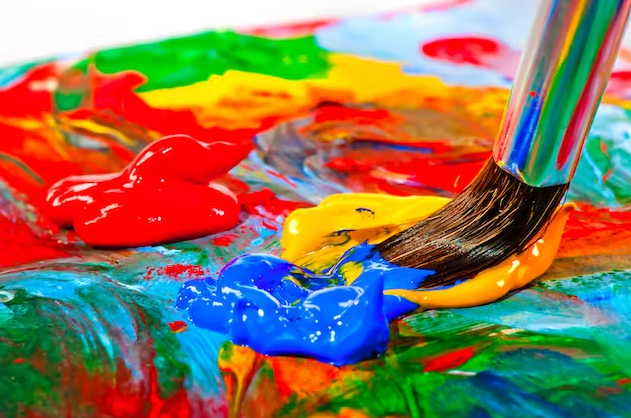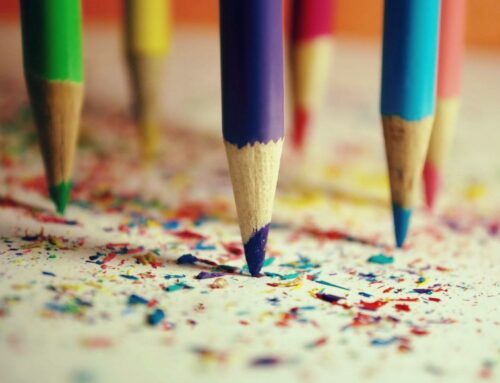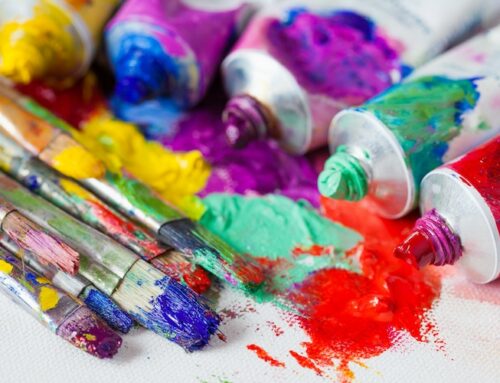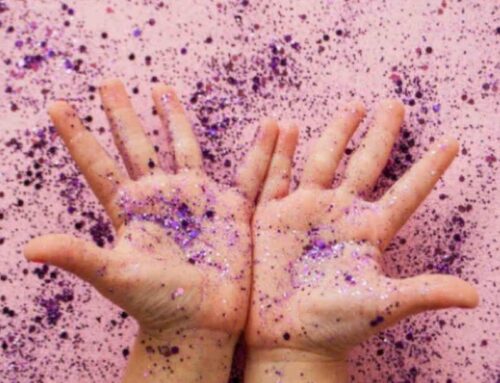
My Favorite Three: Types of Paints for Kids
So you’re setting up an art studio for your creative child! How exciting.. But sometimes it’s overwhelming. There are so many different products to choose from.
Here are my three favorite types of paint that I use with younger children:
Tempera Paint: Tempera paint is a type of paint that is made from a combination of pigments, water, and a binding agent. The binding agent used in tempera paint is usually egg yolk, which gives the paint its characteristic creamy consistency and matte finish.
Tempera paint has been used for centuries, and it was a popular medium for painting in Europe during the Renaissance period. It is known for its bright colors and smooth texture, and it is often used by artists, educators, and children alike.
Tempera paint is water-soluble and dries relatively quickly, which makes it easy to work with. It can be used on a variety of surfaces, including paper, cardboard, wood, and fabric. When used on paper, it creates a flat, opaque finish that is ideal for creating bold, graphic designs.
One of the advantages of tempera paint is that it is non-toxic and washable, which makes it a popular choice for parents and teachers who want to encourage children to experiment with art. It can be cleaned up easily with soap and water, and it is safe for children to use.
Watercolor Paint: Watercolor paint is a type of paint that is made from a combination of pigment, gum Arabic, and water. It is known for its transparency, which allows the colors to blend together in a fluid and organic way. Watercolor paint is often used on paper, and it creates a unique effect that is difficult to achieve with other types of paint.
Watercolor paint is an excellent choice for kids for several reasons. First, it is non-toxic and safe to use, which is important for children who may put their hands in their mouths or accidentally ingest small amounts of paint. Second, watercolor paint is easy to clean up with soap and water, which makes it a popular choice for parents and teachers.
Another advantage of watercolor paint is that it is affordable and widely available. It comes in a variety of colors and can be purchased in sets or as individual tubes or pans. This makes it easy for parents and teachers to provide a wide range of colors for children to experiment with.
Watercolor paint is also a great choice for kids because it allows them to explore their creativity and develop their artistic skills. Because the colors blend together in a fluid way, children can experiment with different techniques to create unique effects. They can also layer colors to create depth and texture in their paintings.
Acrylic Paint: Acrylic paint is a fast-drying water-based paint that is made up of pigments suspended in an acrylic polymer emulsion. It is a versatile medium that can be used on a variety of surfaces, including paper, canvas, wood, and plastic. Acrylic paint is known for its bright colors, and it dries to a flexible and durable finish.
Acrylic paint is a great choice for kids for several reasons. First, it is non-toxic and safe to use, which is important for children who may put their hands in their mouths or accidentally ingest small amounts of paint. Second, acrylic paint is easy to clean up with soap and water, as long as it is still wet. This makes it a popular choice for parents and teachers who want to encourage children to experiment with art without worrying about the cleanup.
Another advantage of acrylic paint is that it is relatively affordable and widely available. It comes in a variety of colors and can be purchased in sets or as individual tubes. This makes it easy for parents and teachers to provide a wide range of colors for children to work with.
Acrylic paint is also a great choice for kids because it is a versatile medium that can be used to create a variety of effects. It can be thinned with water to create a watercolor-like effect or used straight out of the tube for bold, opaque colors. It can also be mixed with other mediums, such as gel medium or modeling paste, to create unique textures and finishes.






Leave A Comment